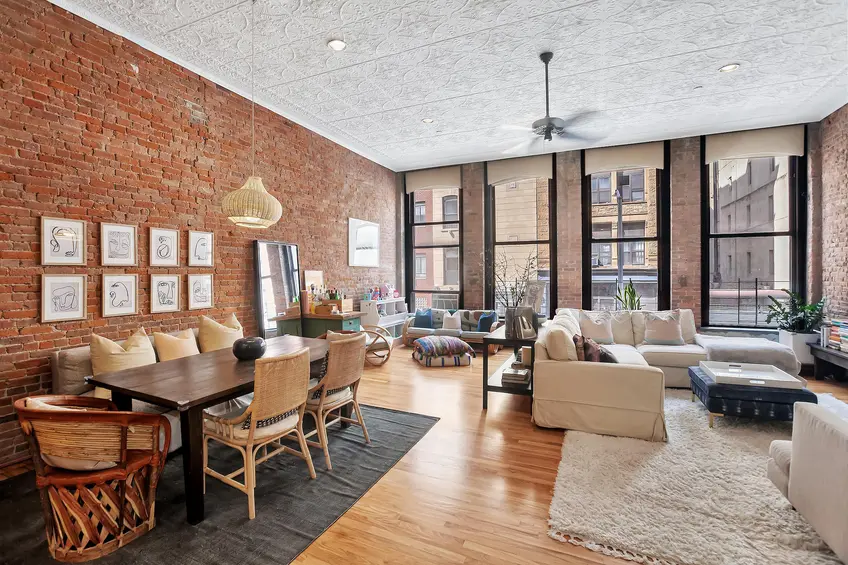 71 Warren Street, #2 has relatively low carrying costs coupled with overall low mortgage rates. (Corcoran)
71 Warren Street, #2 has relatively low carrying costs coupled with overall low mortgage rates. (Corcoran)
Even as businesses reopen and many people return to work, one COVID-19 side effect is expected to linger—low mortgage rates.
On June 10, the Federal Reserve announced that it would keep its benchmark interest rates close to zero for the next two years. As Federal Reserve Chairman Jerome Powell assured, “We’re not even thinking about thinking about raising rates. What we’re thinking about is providing support for the economy.” Like most economists, Powell believes that low-interest rates help drive the economy by encouraging ongoing borrowing. While interest rates and mortgage rates are not directly correlated, low-interest rates are generally accompanied by low mortgage rates, and over the past few months, this has proven true. For new buyers and for anyone looking to renegotiate a mortgage, this likely means more good news.
On June 10, the Federal Reserve announced that it would keep its benchmark interest rates close to zero for the next two years. As Federal Reserve Chairman Jerome Powell assured, “We’re not even thinking about thinking about raising rates. What we’re thinking about is providing support for the economy.” Like most economists, Powell believes that low-interest rates help drive the economy by encouraging ongoing borrowing. While interest rates and mortgage rates are not directly correlated, low-interest rates are generally accompanied by low mortgage rates, and over the past few months, this has proven true. For new buyers and for anyone looking to renegotiate a mortgage, this likely means more good news.
In this article:
Current Mortgage Rates
As of June 11, Freddie Mac was reporting an average rate on 30-year home loans of 3.21 percent (just a bit higher than the previous week when mortgage rates dipped to 3.18 percent). A year ago, the rate was closer to 3.82 percent. As of June 11, the average rate on 15-year fixed-rate mortgages also remained low—it was just 2.62 percent.
If these rates sound attractive, they are, and from all accounts, mortgage applications are soaring as a result. The Mortgage Bankers Association’s (MBA) Weekly Mortgage Applications Survey for the week ending June 5, 2020 reported that mortgage applications—on the national level—were up 9.3 percent from the previous week.
In addition, the Market Composite Index, which tracks mortgage loan application volume, increased 9.3 percent on a seasonally adjusted basis over the previous week. The Refinance Index also reported sharp increases: 11 percent over the previous week and 80 percent higher than the same week one year ago.
If these rates sound attractive, they are, and from all accounts, mortgage applications are soaring as a result. The Mortgage Bankers Association’s (MBA) Weekly Mortgage Applications Survey for the week ending June 5, 2020 reported that mortgage applications—on the national level—were up 9.3 percent from the previous week.
In addition, the Market Composite Index, which tracks mortgage loan application volume, increased 9.3 percent on a seasonally adjusted basis over the previous week. The Refinance Index also reported sharp increases: 11 percent over the previous week and 80 percent higher than the same week one year ago.
All the above statistics, however, reflect the national situation. As many buildings in New York City continue to halt open houses, in-person viewings, and board interviews, much of the action remains on the refinancing side. Still, there are signs that the COVID-19 pause is already giving way to what could prove to be a very active, if not truncated, buying season. Early June has already seen a small uptick in closings in the New York City area, and there is hope that as the city’ moves into Phase 2 (this phase gives the green light for real estate services to reopen), this uptick will continue.
What Low Rates Mean for New Buyers
As widely reported in early June, despite the economic downfall brought about by COVID-19, closings in New York City appear to be at all-time highs. Still, for buyers, low mortgage rates can sometimes prove more important than the sticker price on a new home. Let’s say, for example, a buyer can afford a monthly payment of $2500. At 3 percent on a 30-year mortgage, their buying power would put them in the position to purchase a home for $517,500, but if the rate increases to 5.5 percent, their buying power falls to just $416,500. As a result, even though prices remain high, the low mortgage rates may expand the potential for new buyers to purchase a higher-valued home and to reap the rewards over time.
What Low Rates Mean for Existing Owners
Existing owners are also now well-positioned to take advantage of the lower rates, but there are still a few caveats if you’re thinking about refinancing. First and foremost, crunch the numbers to find out exactly how much you stand to save by refinancing. If it is significant, shop around to find out if your existing lender or a new lender is the best option. If you are locking into a lower rate and your financial situation has significantly changed since you negotiated your original loan, you may also want to change the length of your term. By reducing your loan from 20 to 10 years, for example, you’ll not only end up benefiting from the new lower rate but pay considerably less in interest over time by cutting your term in half. Read more on why, when, and how to refinance here.
Some Borrowers May Be Unable to Take Advantage of Low Rates
Unfortunately, not everyone will be able to benefit from the current slump in mortgage rates. New buyers with credit ratings below average, for example, may find it difficult to lock in at the lowest possible rate. Anyone looking to renegotiate who is behind on their current mortgage payments also will be unlikely to take advantage of lower rates. Finally, anyone who has locked into a fixed-rate mortgage may miss the boat on lower rates, unless their fixed-rate mortgage happens to expire as the current low rates persist.
Below, see a selection of listings with low carrying costs in addition to low mortgage rates. Please note that all mortgage figures are based on a 30-year mortgage at a 3.38 percent interest rate.
Listings with Low Carrying Costs
Would you like to tour any of these properties?
Just complete the info below.
Or call us at (212) 755-5544
↓ 71 Warren Street, #2 – $2,750,000
Condo | 2 beds, 2 baths | 1,800 ft2Estimated mortgage with $550K down: $9,732/month | Common charges: $595/month | Real estate tax: $1,002
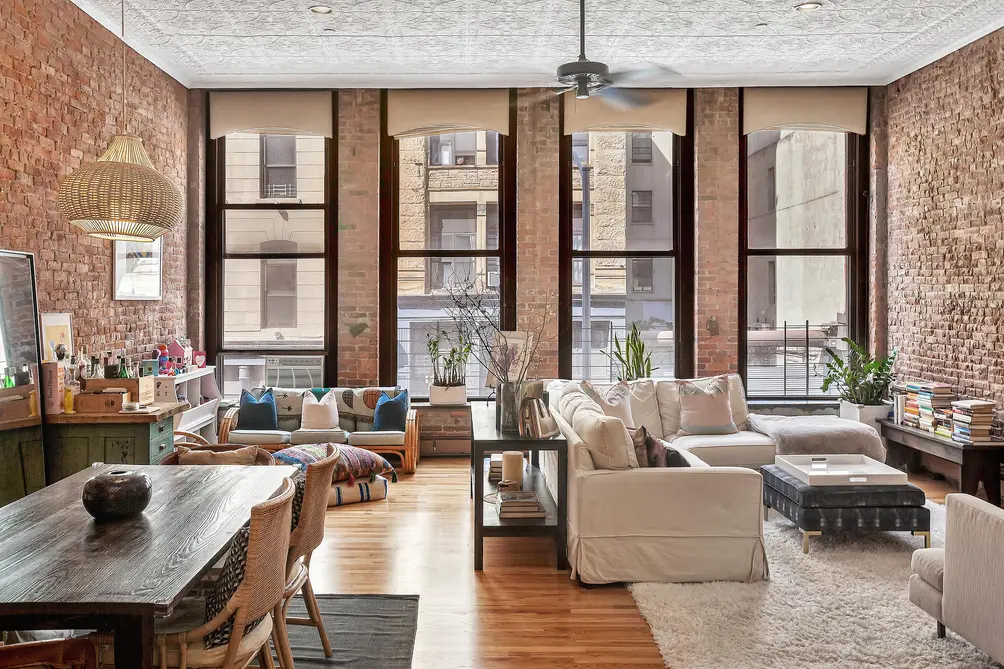 71 Warren Street via The Corcoran Group
71 Warren Street via The Corcoran Group
↓ Brevoort East, 20 East 9th Street, #8R – $825,000
Co-op | 1 bed, 1 bathEstimated mortgage with $330K down: $2,190/month | Maintenance: $1,247/month
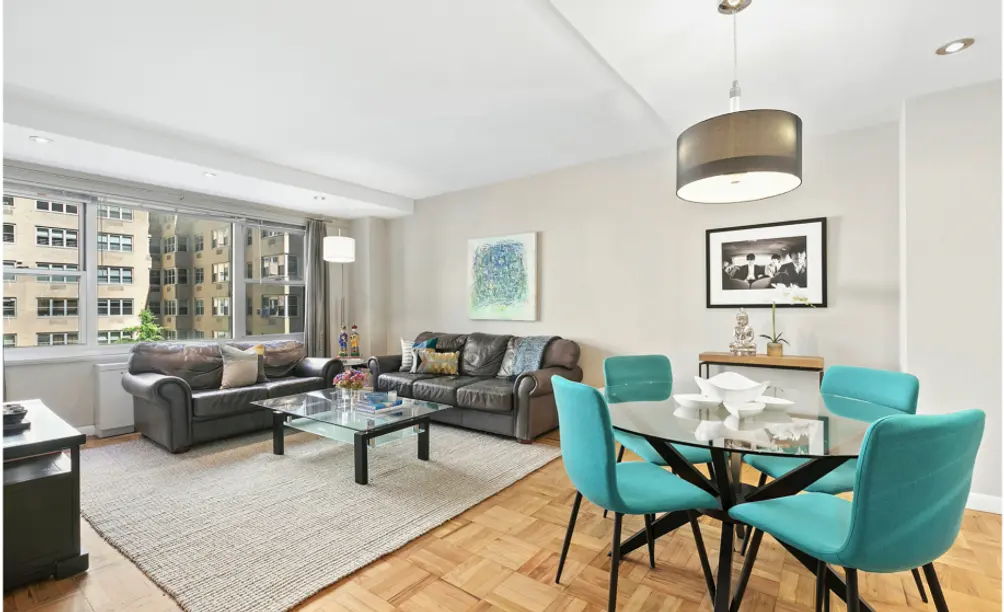 Brevoort East via Compass
Brevoort East via Compass
↓ J Condominium, 100 Jay Street, #5K – $895,000
Condo | 1 bed, 1 bath | 761 ft2Estimated mortgage with $179K down: $3,167/month | Common charges: $564/month | Real estate tax: $133
 J Condominium via Compass
J Condominium via Compass
↓ Schaefer Landing North, 440 Kent Avenue, #PH2C – $2,250,000
Condo | 3 beds, 2.5 baths | 1,690 ft2Estimated mortgage with $450K down: $8,987/month | Common charges: $1,704/month | Real estate tax: $10
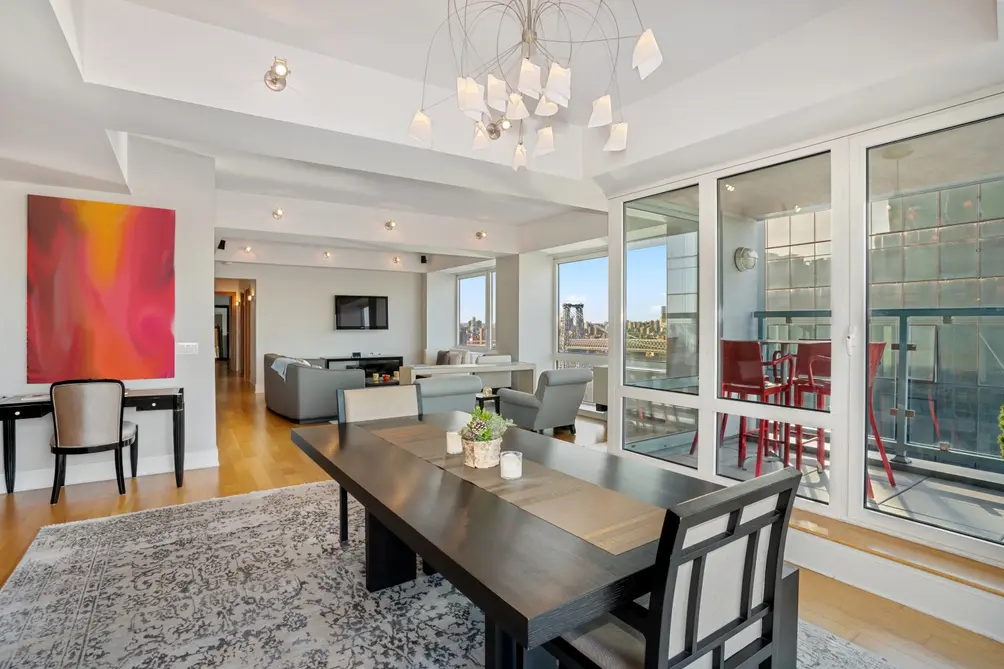 Schaefer Landing North via Compass
Schaefer Landing North via Compass
↓ 336 East 77th Street, #1 – $1,099,000
Co-op | 3 beds, 2 bathsEstimated mortgage with $220K down: $4,390/month | Maintenance: $1,260/month
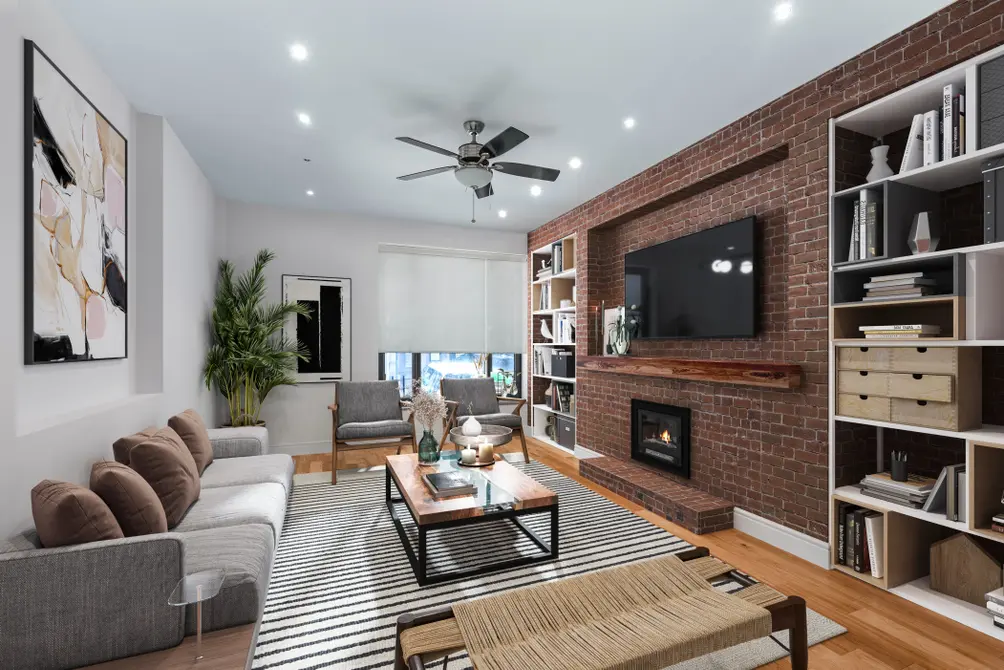 336 East 77th Street via Compass
336 East 77th Street via Compass
↓ 2 West 90th Street, #2D – $395,000
Co-op | Studio, 1 bathEstimated mortgage with $99K down: $1,311/month | Maintenance: $778/month
 2 West 90th Street via The Corcoran Group
2 West 90th Street via The Corcoran Group
Would you like to tour any of these properties?
Just complete the info below.
Or call us at (212) 755-5544
Would you like to tour any of these properties?

Contributing Writer
Cait Etherington
Cait Etherington has over twenty years of experience working as a journalist and communications consultant. Her articles and reviews have been published in newspapers and magazines across the United States and internationally. An experienced financial writer, Cait is committed to exposing the human side of stories about contemporary business, banking and workplace relations. She also enjoys writing about trends, lifestyles and real estate in New York City where she lives with her family in a cozy apartment on the twentieth floor of a Manhattan high rise.







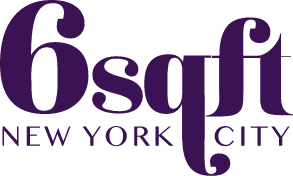 6sqft delivers the latest on real estate, architecture, and design, straight from New York City.
6sqft delivers the latest on real estate, architecture, and design, straight from New York City.
